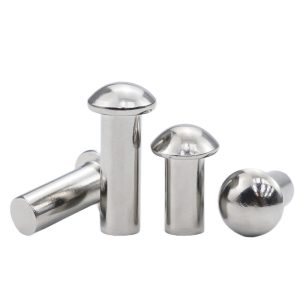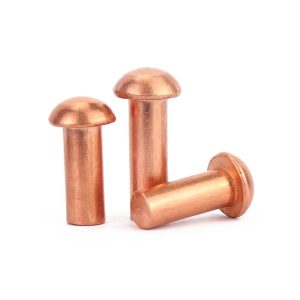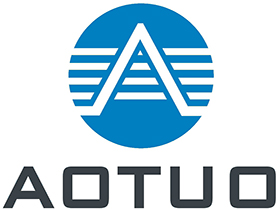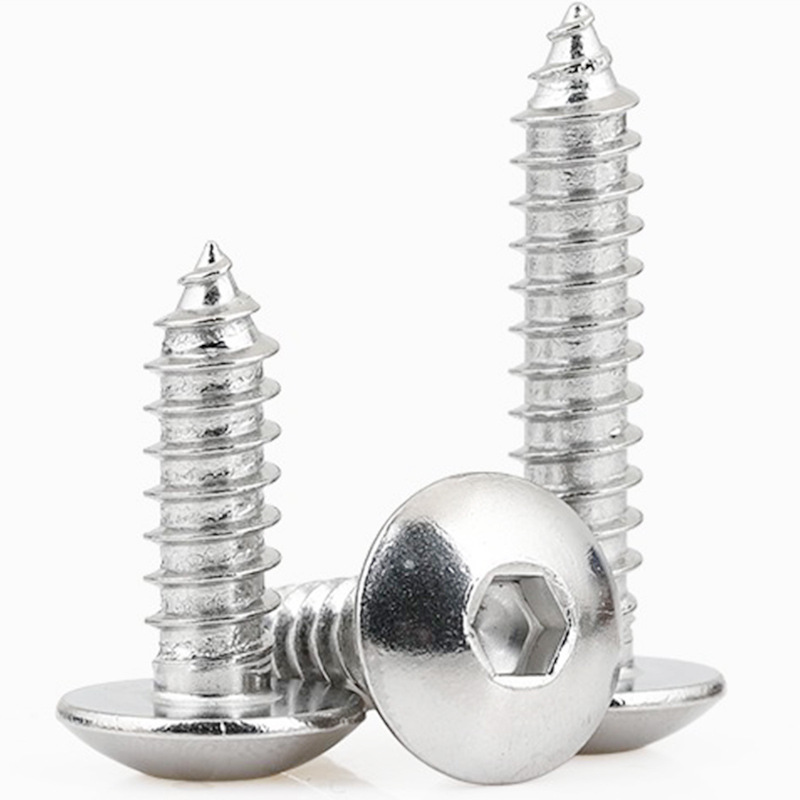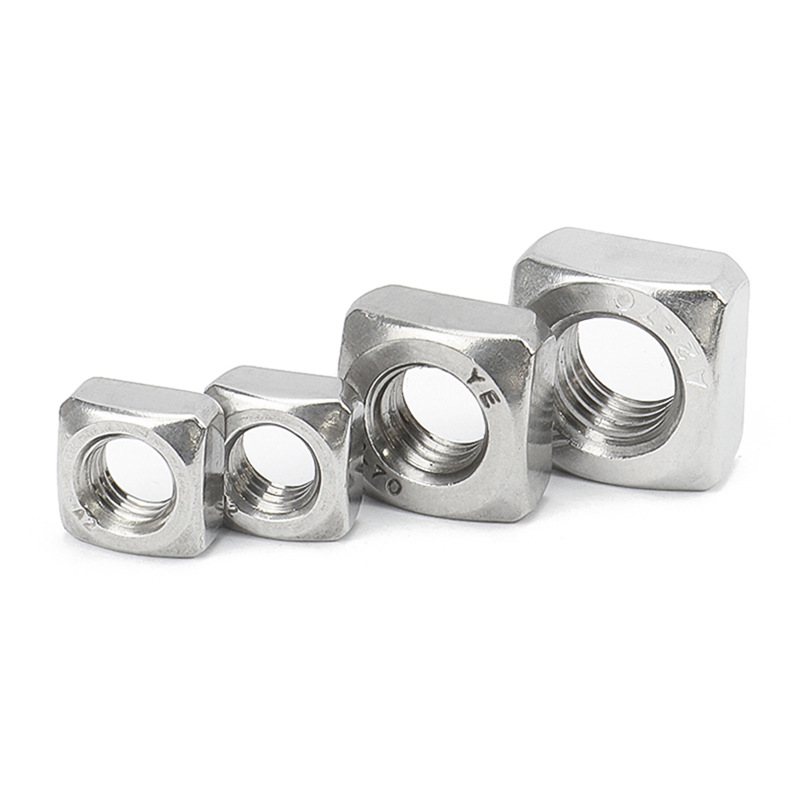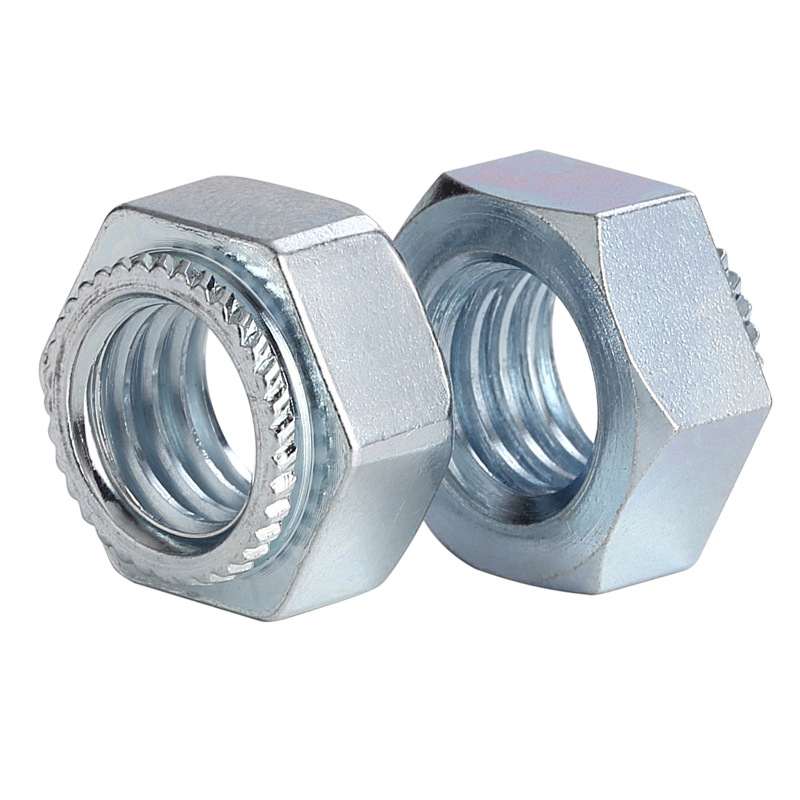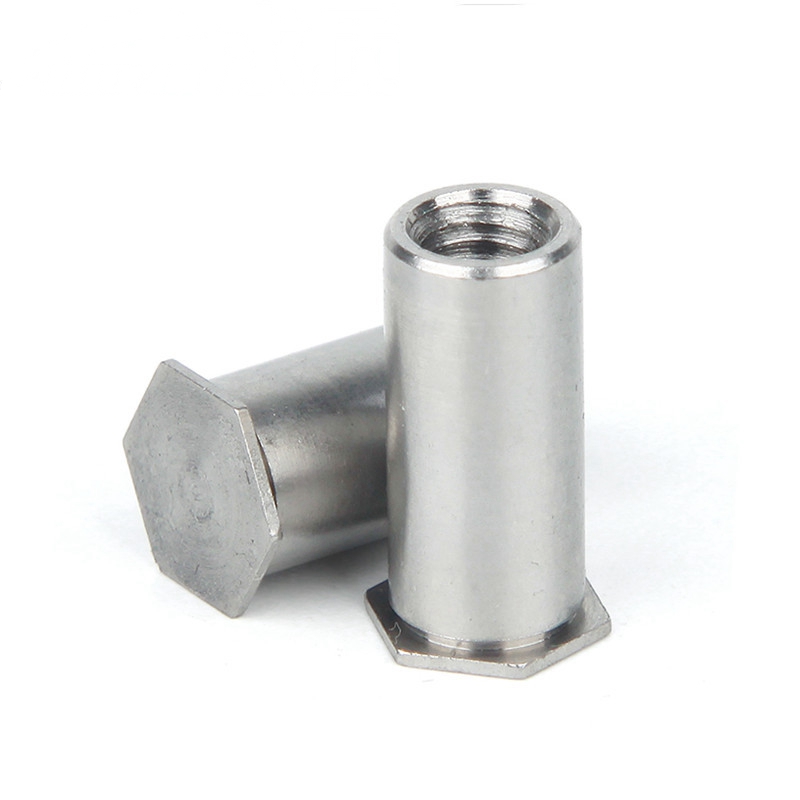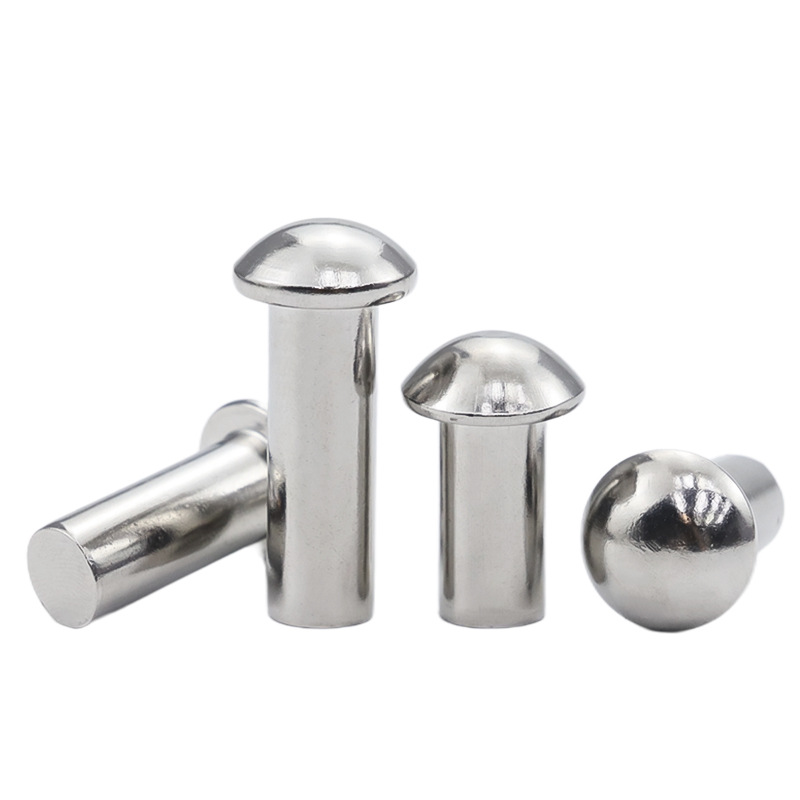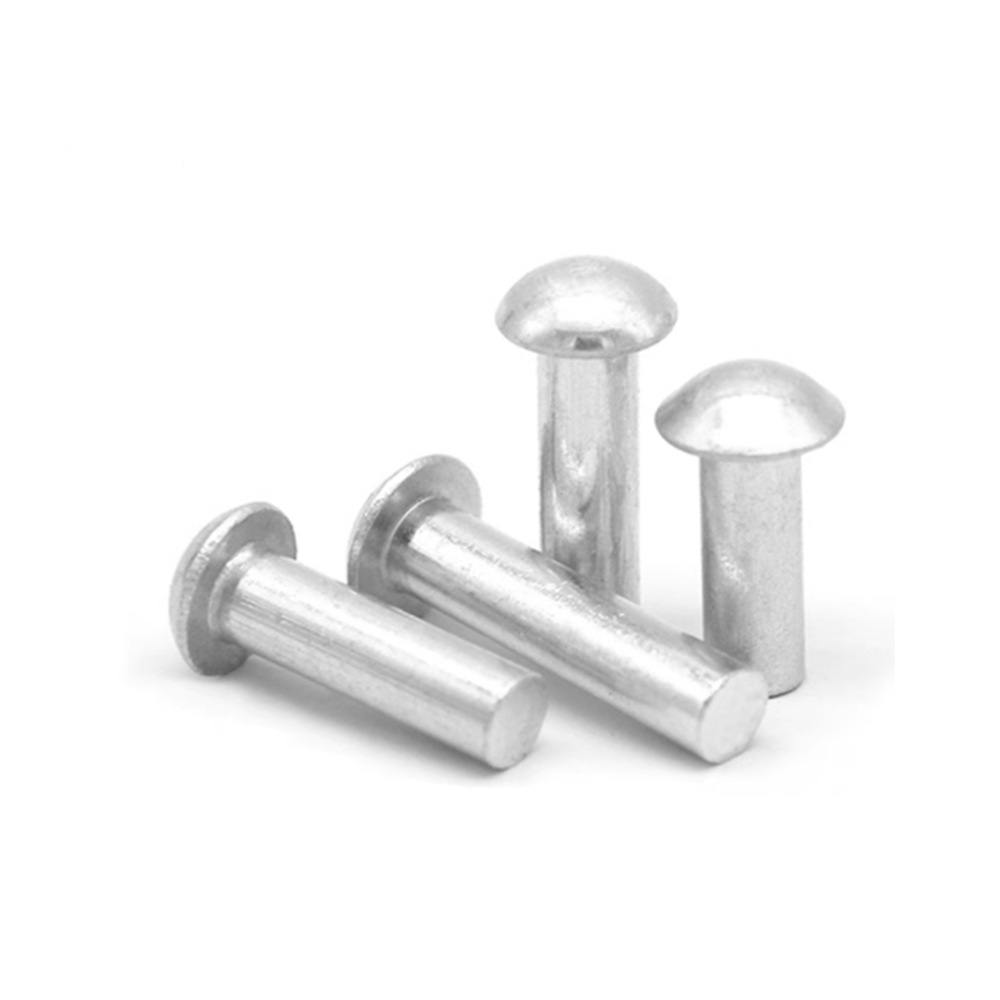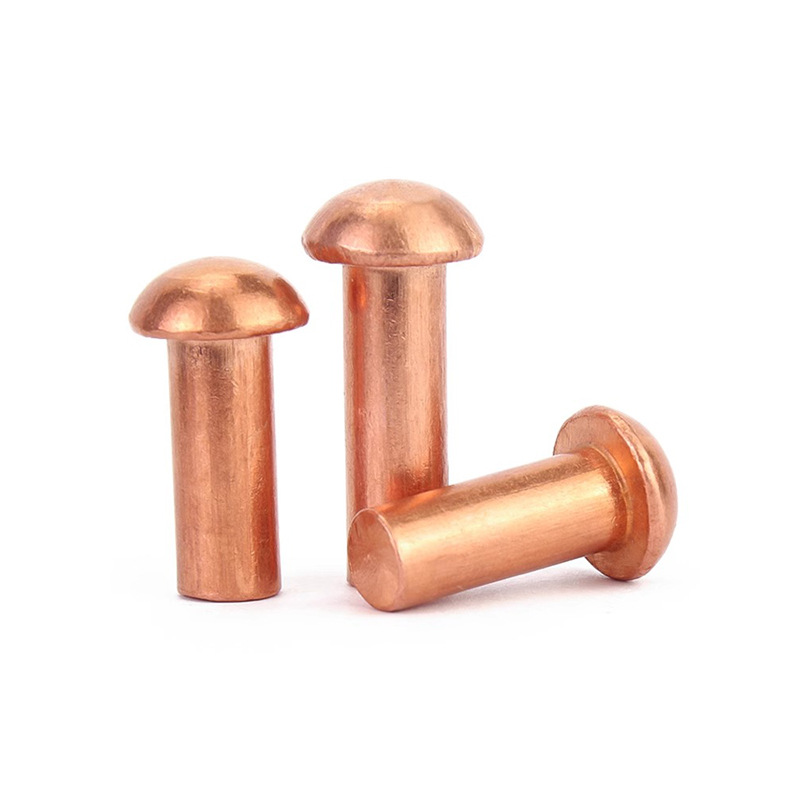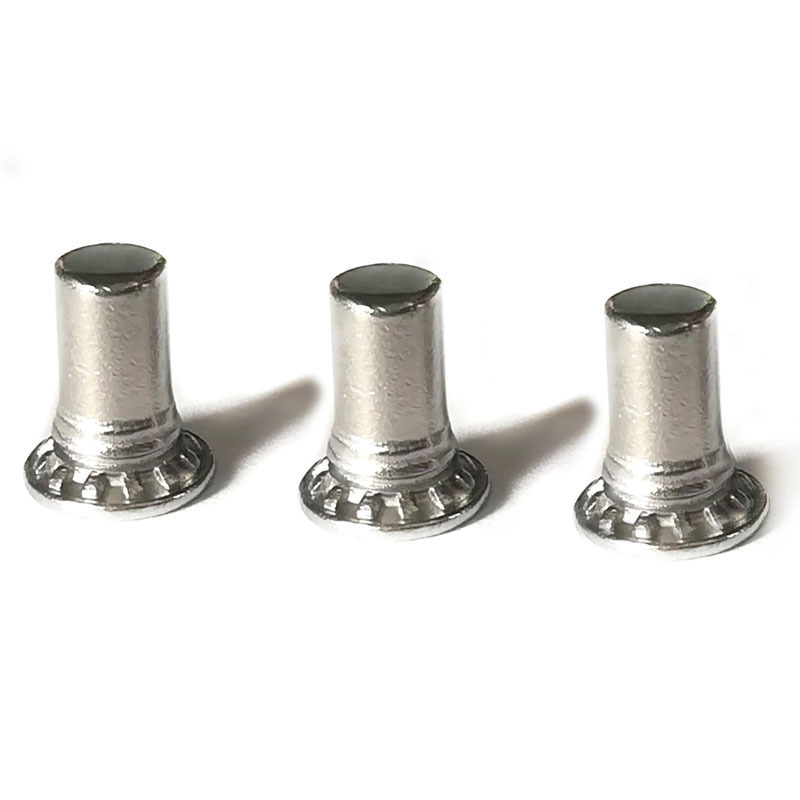The following is a detailed introduction to the semicircular head rivets:
Definition and Application:
The semicircular head rivet is a fastener that features a semicircular head shape.
It is mainly used as a riveting fastener on steel structures such as boilers, bridges, and containers. In addition, due to its structural characteristics, the semicircular head rivet is also suitable for riveting occasions that require a large lateral load.
Features:
The characteristic of riveting is that it is non-detachable, that is, once two riveted parts are connected by a semicircular head rivet, they cannot be separated unless the rivet is destroyed.
The surface roughness of refined semicircular head rivets is small and the dimensional accuracy is high. They are suitable for occasions with high requirements for dimensional accuracy and surface condition.
Differences from other rivets:
Compared with other types of rivets (such as flat cone head rivets, countersunk head rivets, etc.), semicircular head rivets are different due to their head shape and applicable occasions. For example, flat cone head rivets are often used in riveting occasions with strong corrosion, while countersunk head rivets are more suitable for occasions where the surface needs to be smooth and the load is not large.
Precautions for use:
When using a semicircular head rivet, it is necessary to select the appropriate specifications and materials according to the specific application scenario to ensure that it can meet the required strength and stability requirements.
When installing a semicircular head rivet, it is necessary to ensure the correctness and firmness of the riveting process to avoid loosening or falling off during use.
In summary, the round head rivet is an important riveting fastener with a wide range of applications and unique performance characteristics. When using the round head rivet, it is necessary to select the appropriate specifications and materials according to the specific application scenario, and follow the correct installation and use methods to ensure that it can perform its performance.
